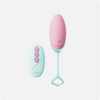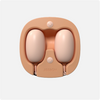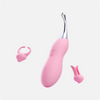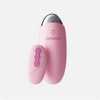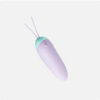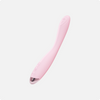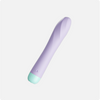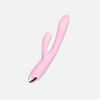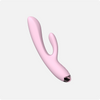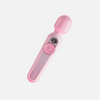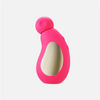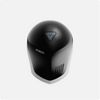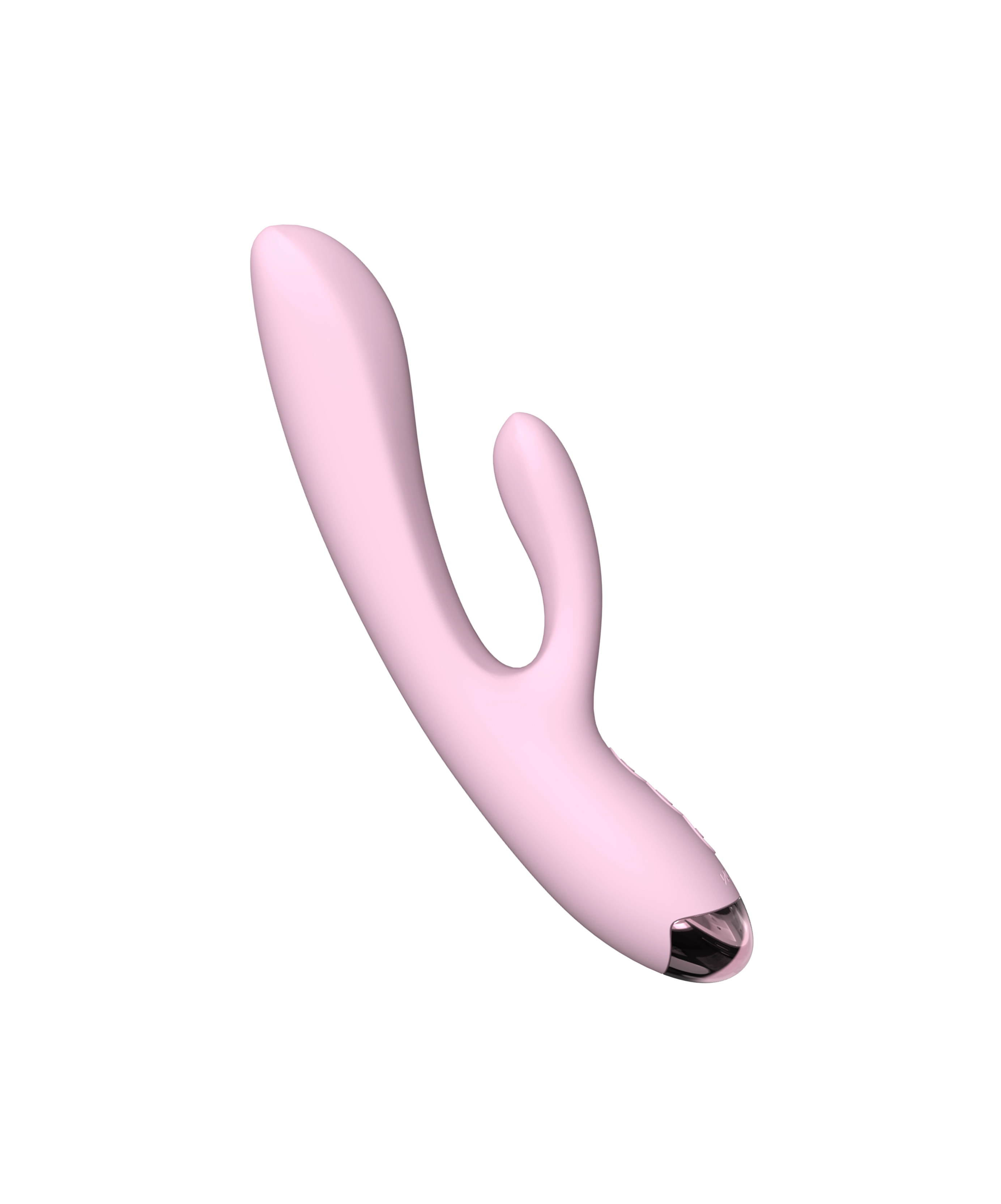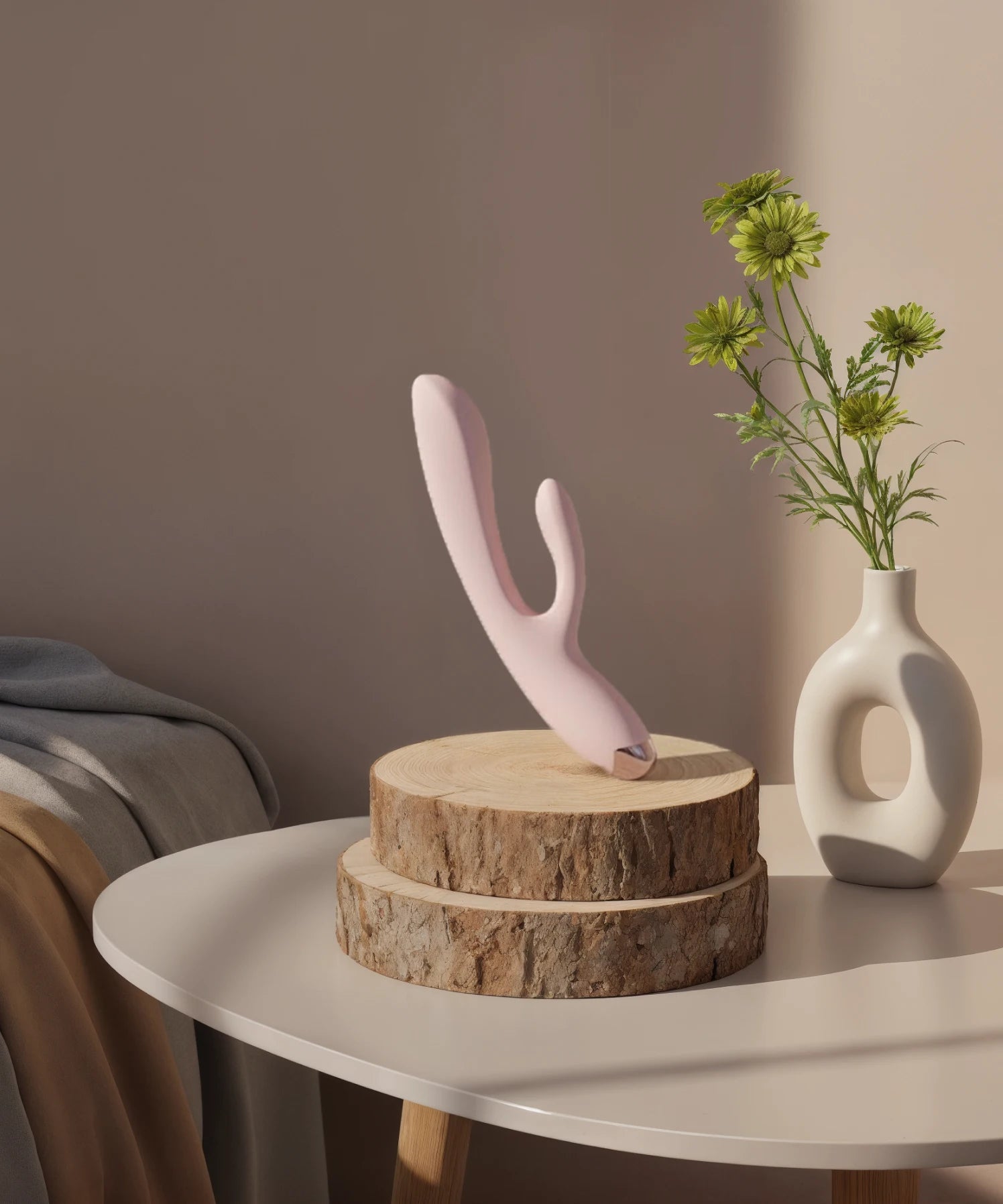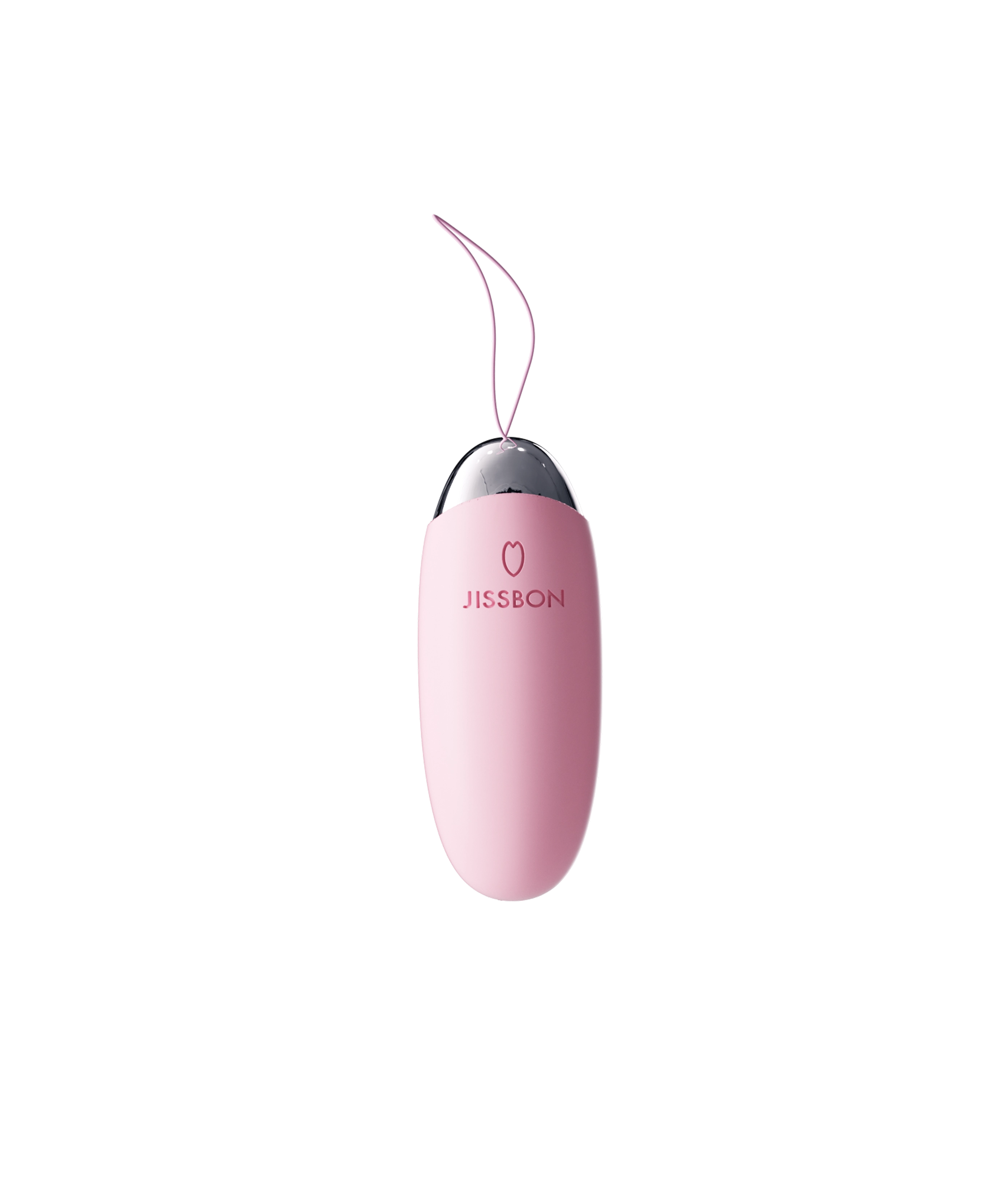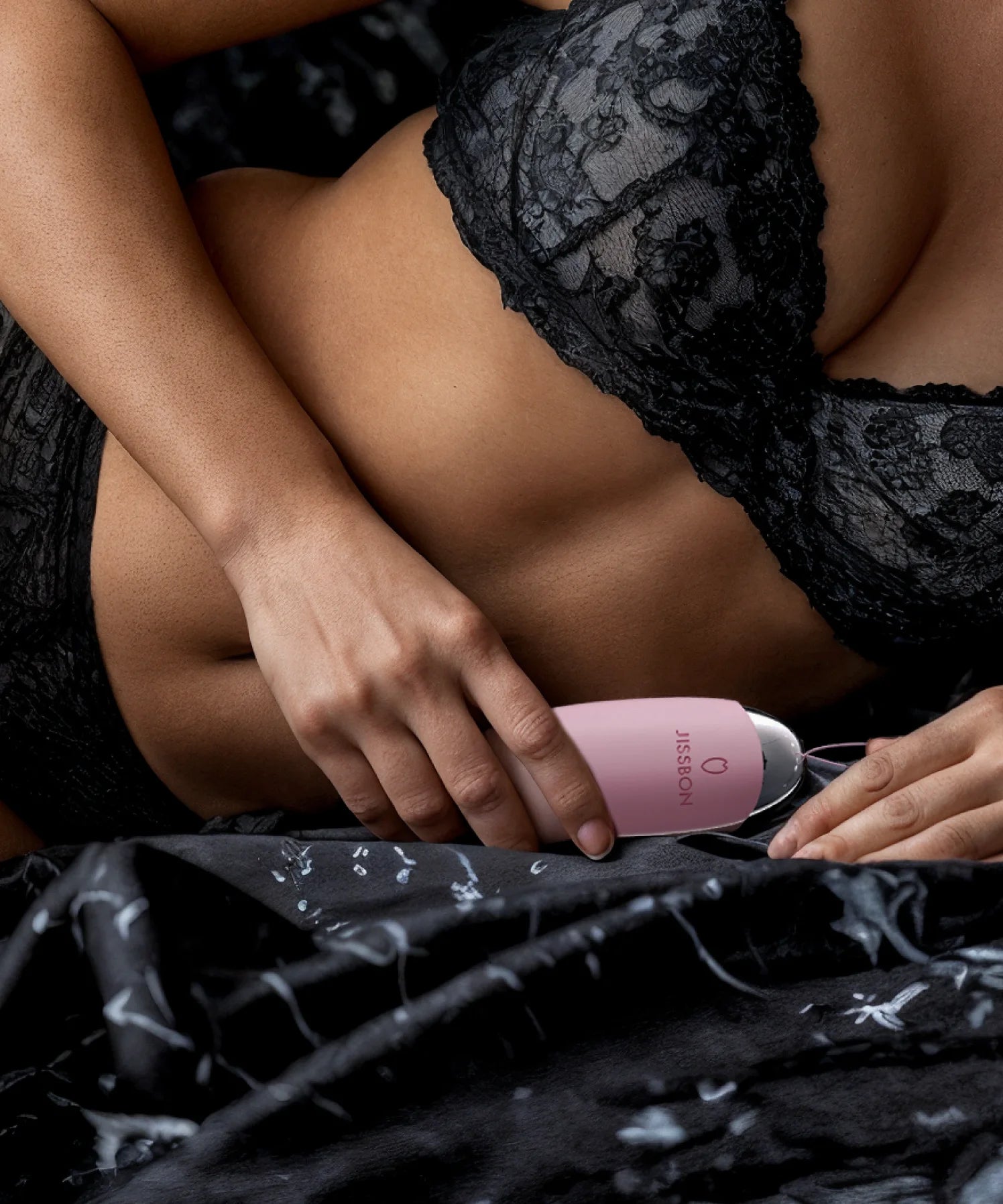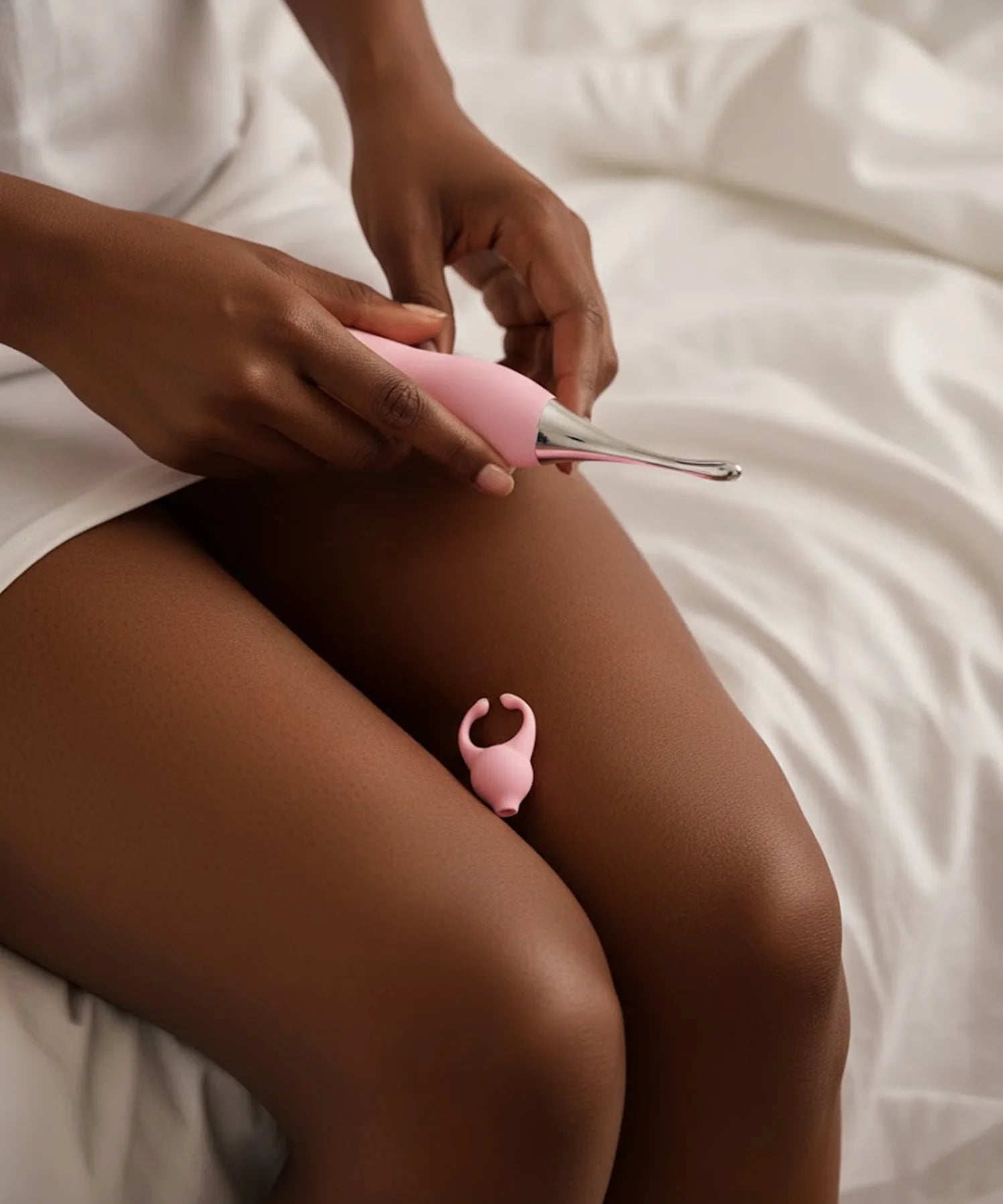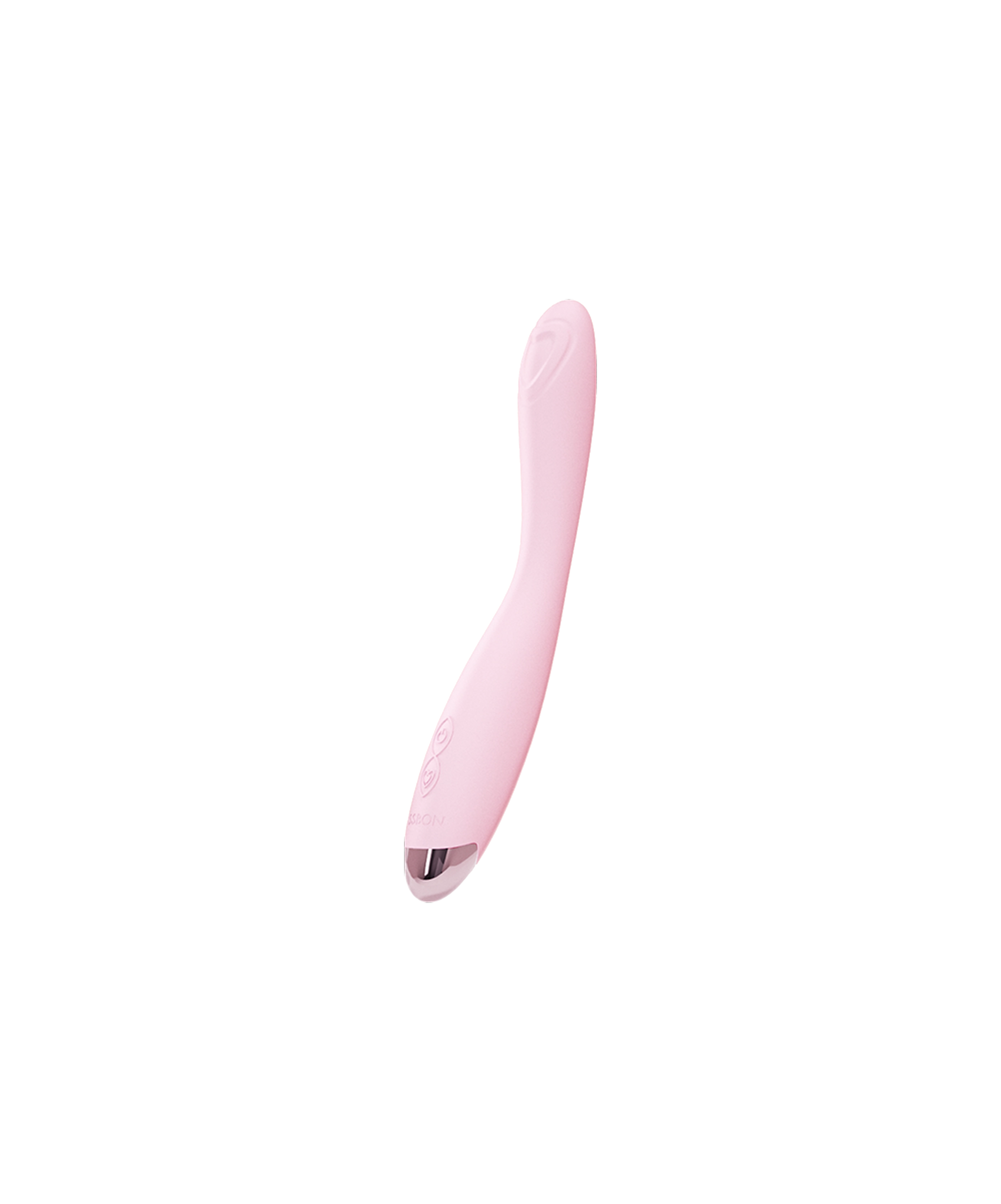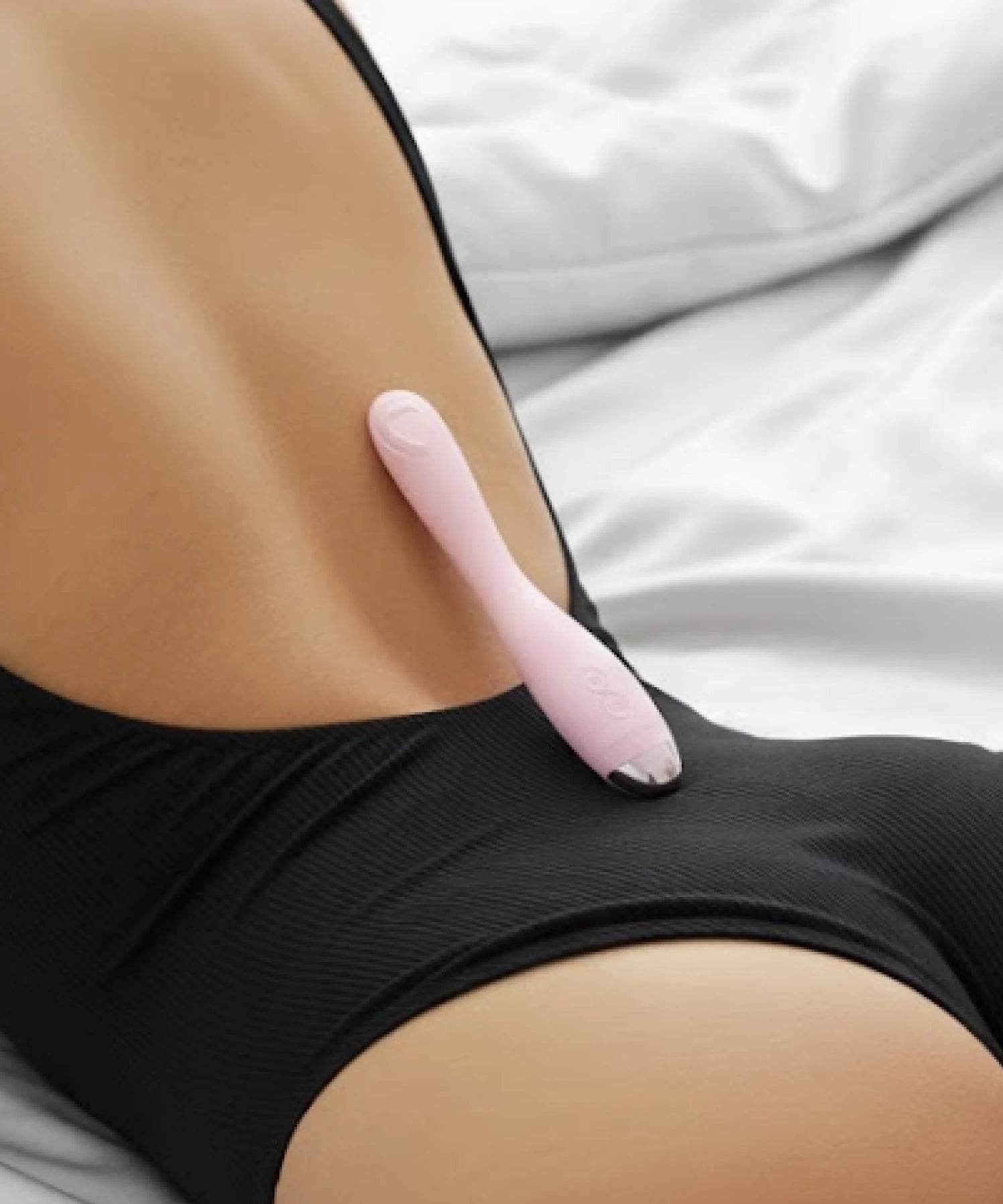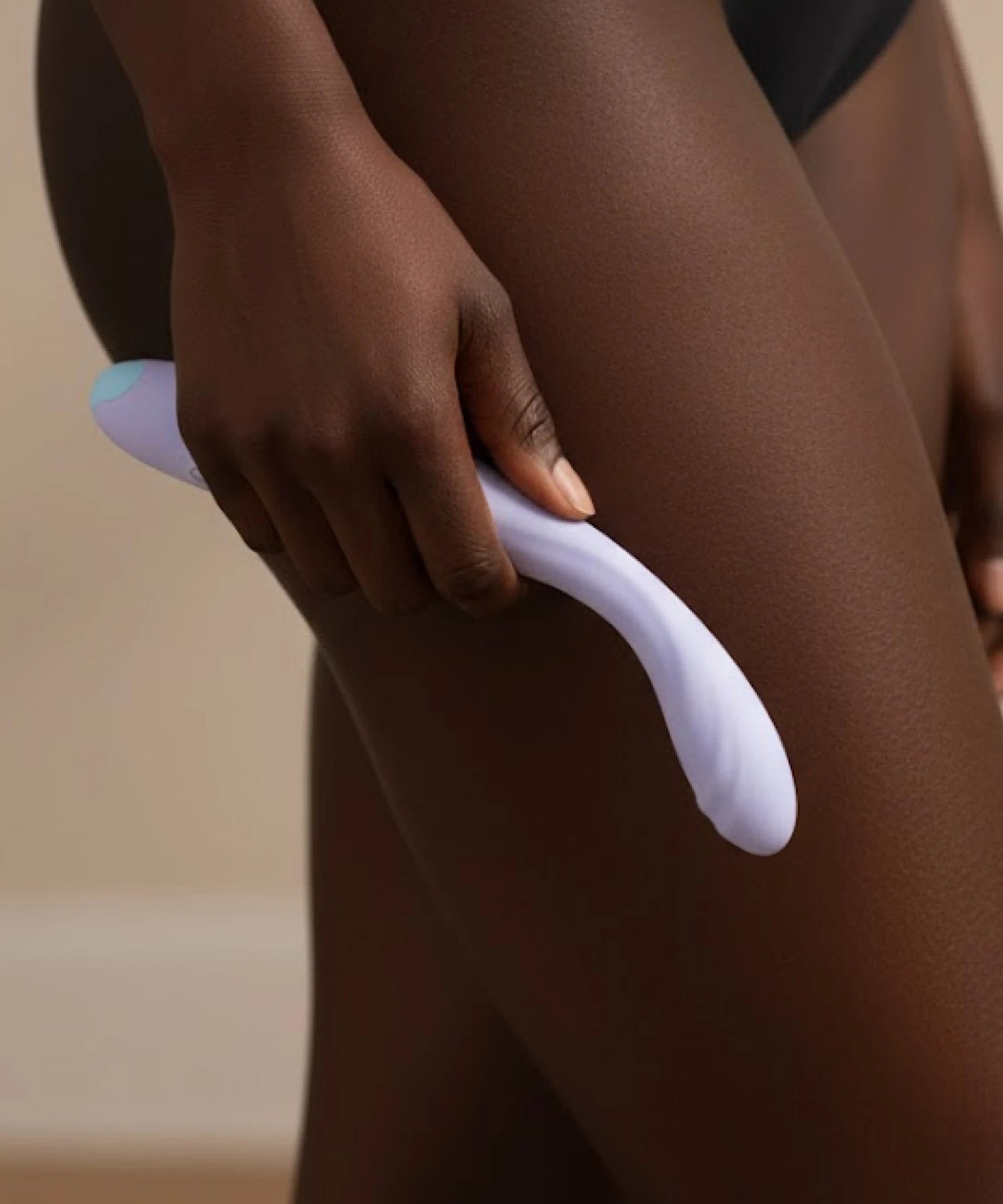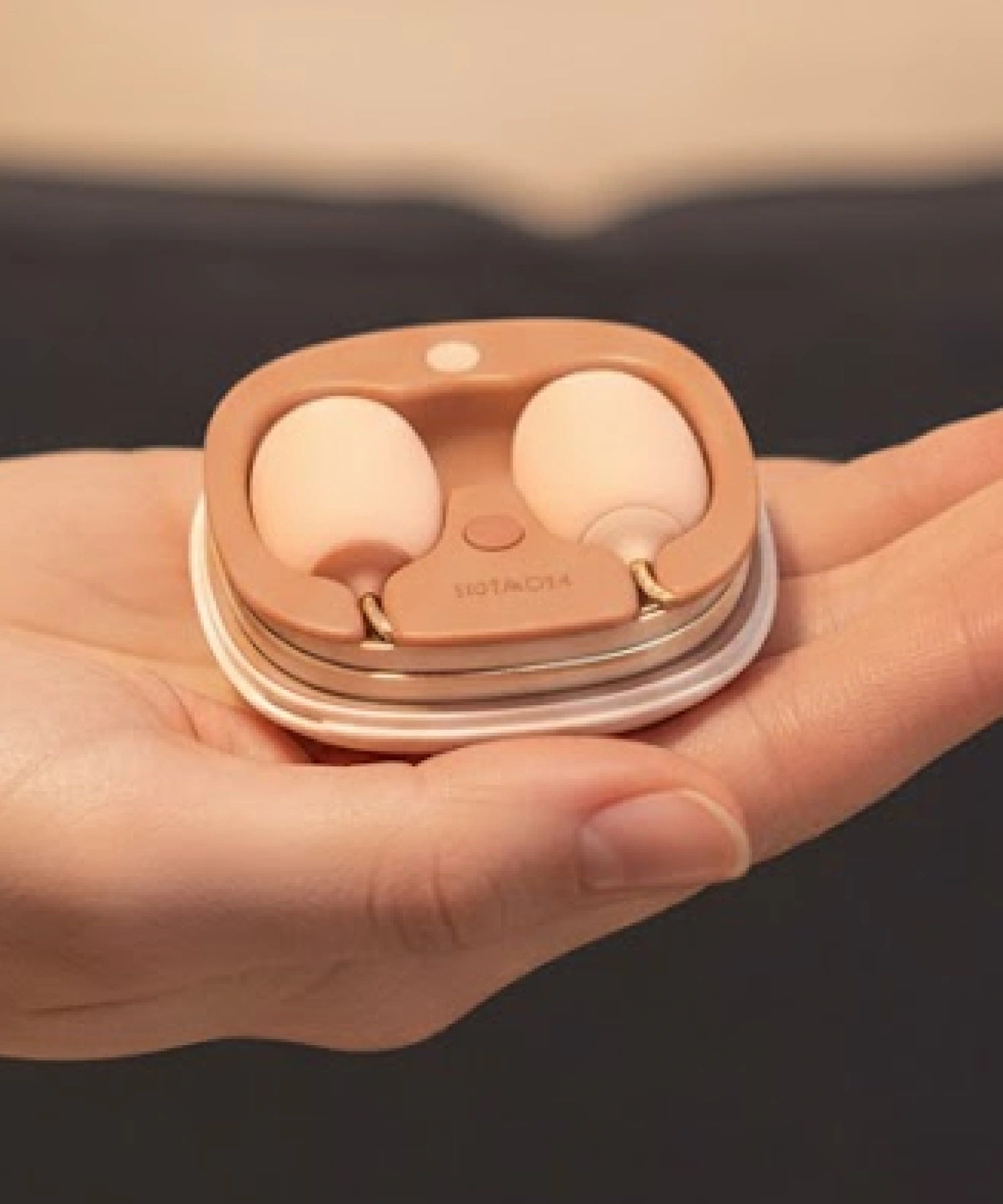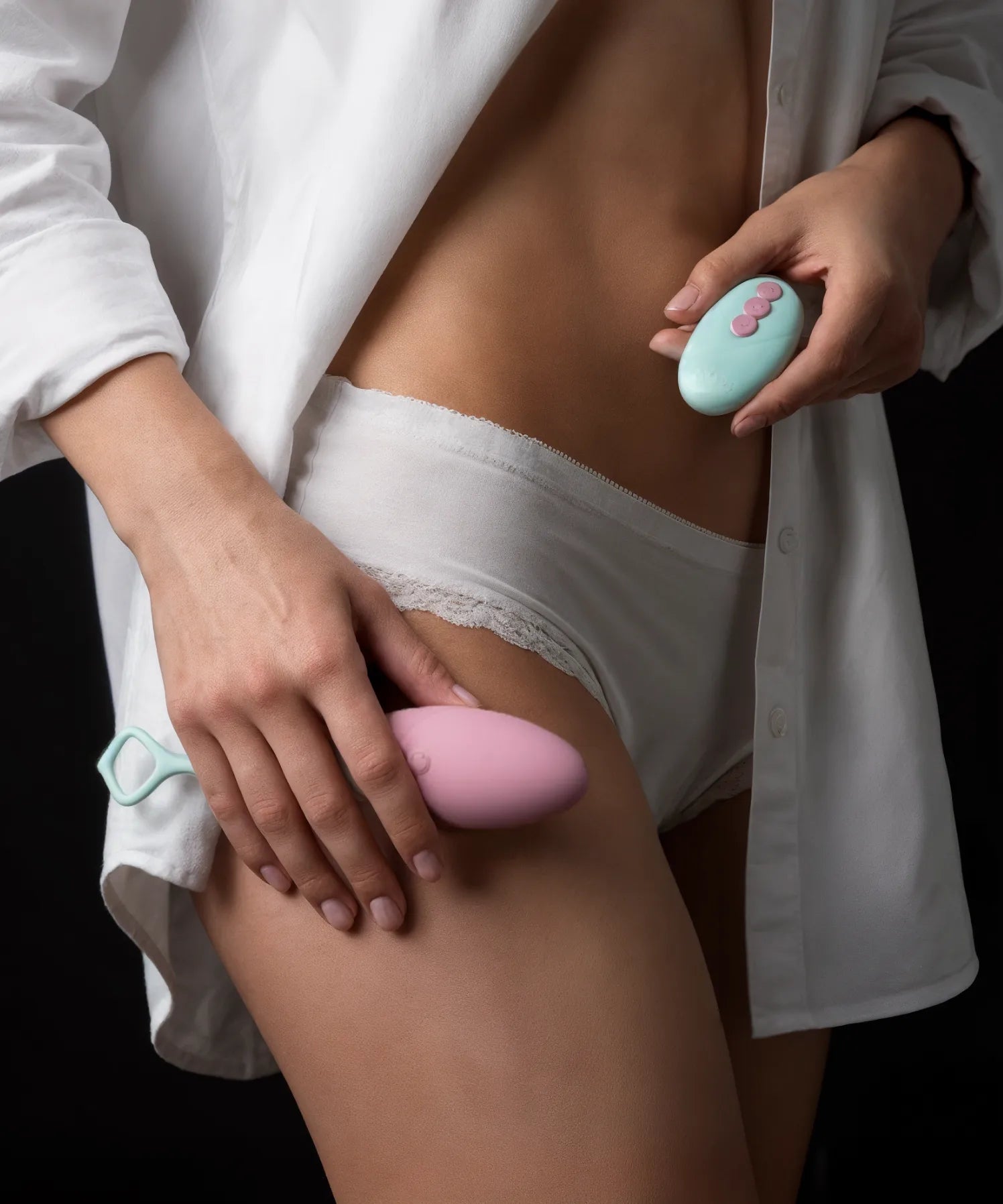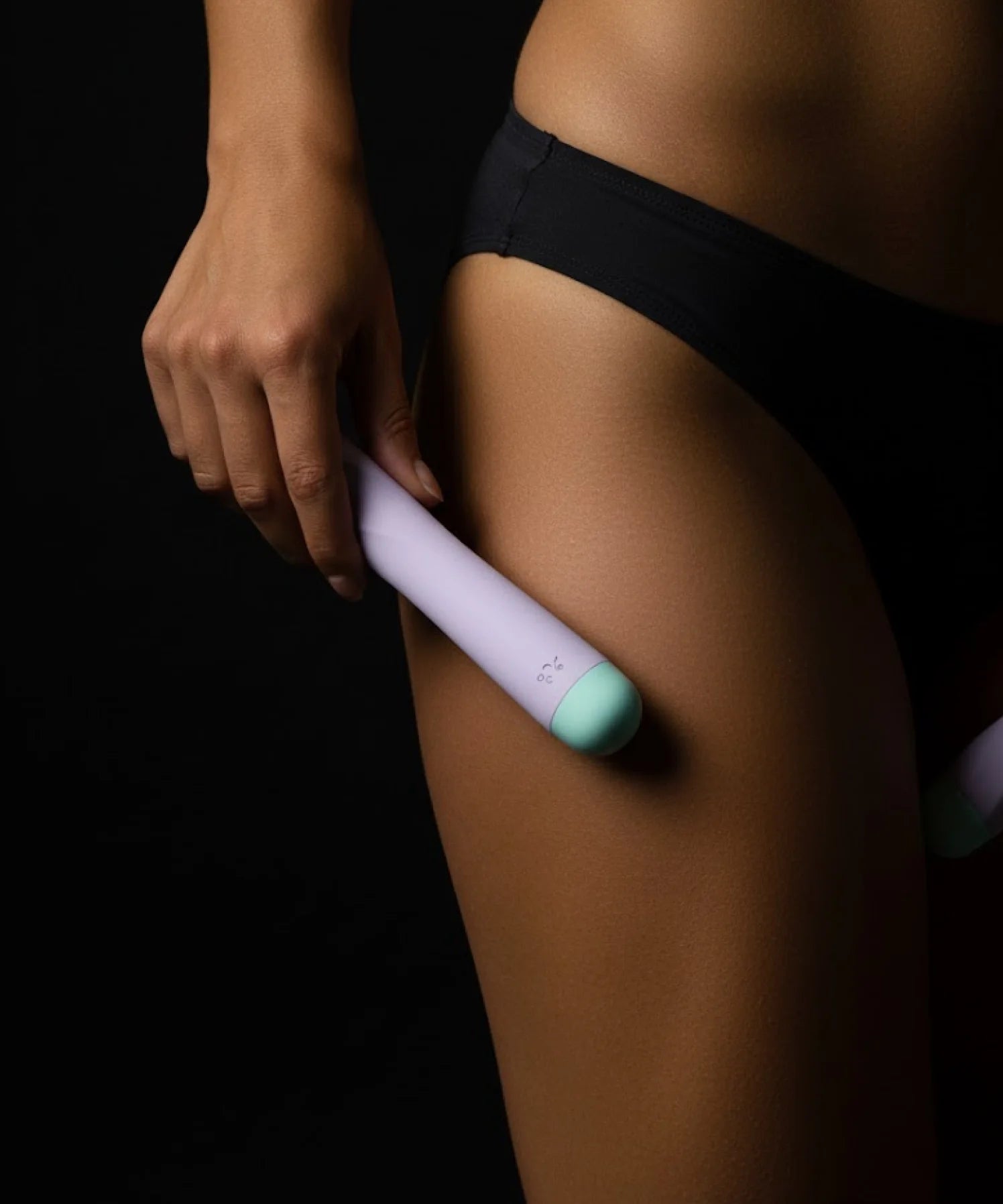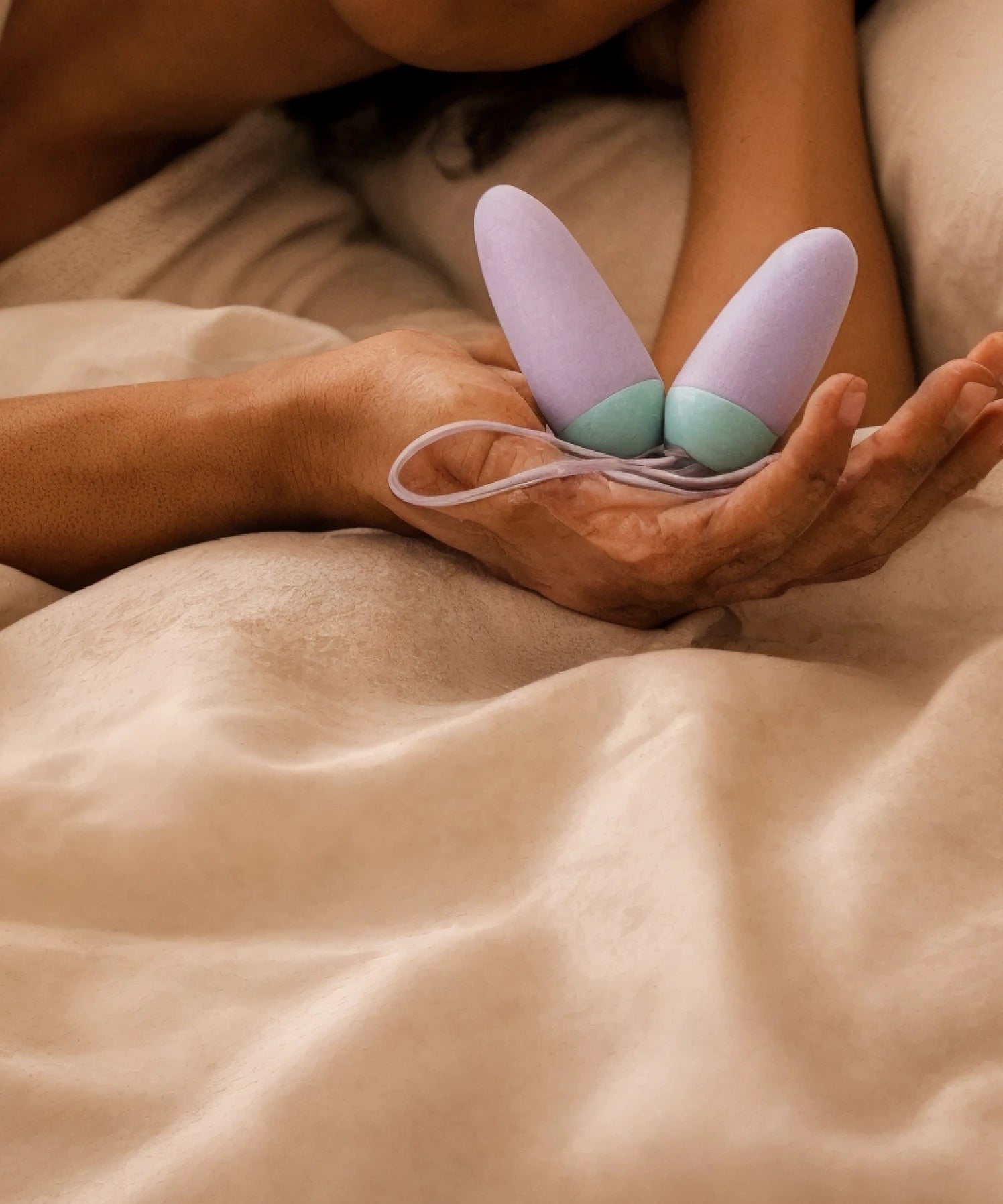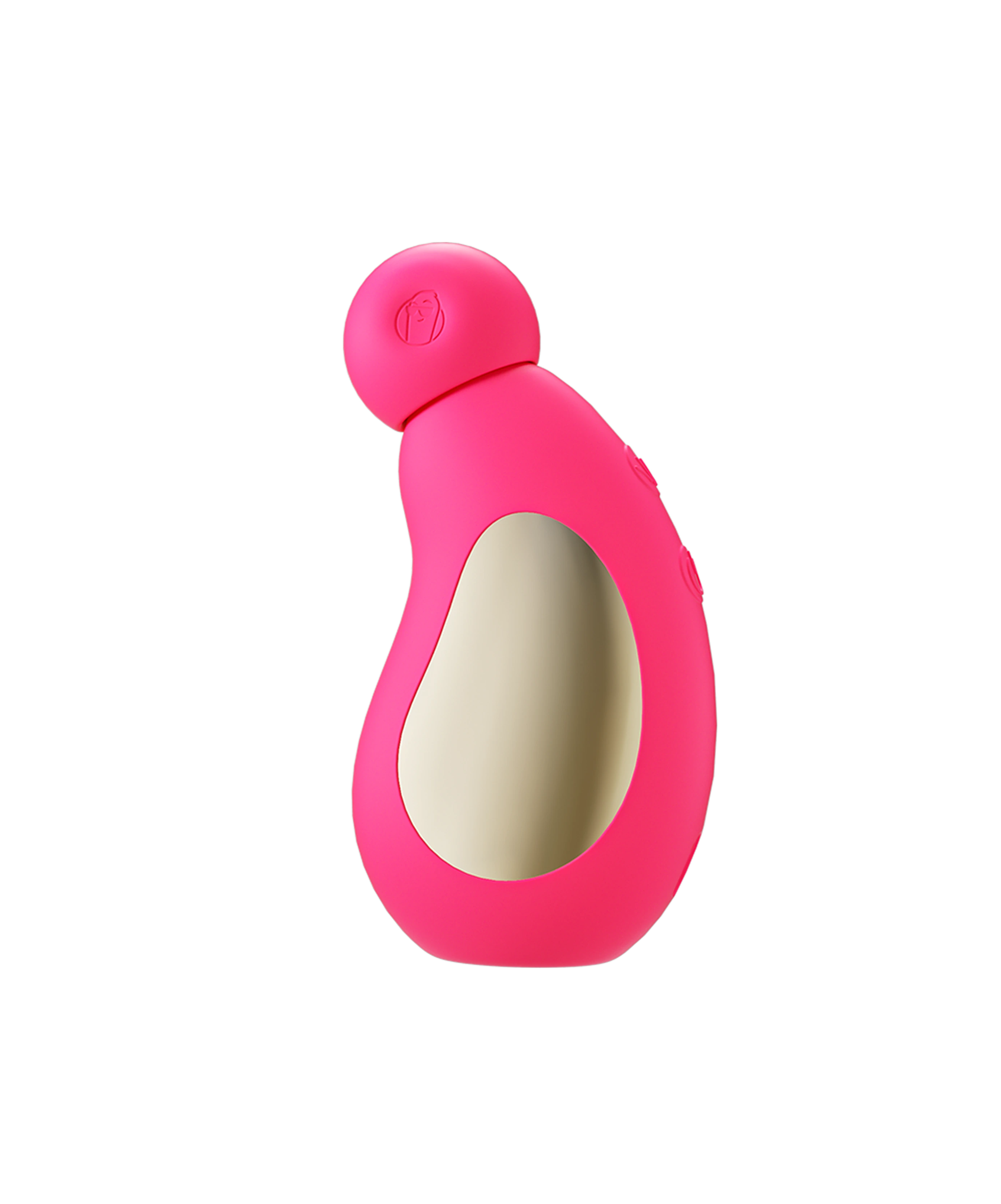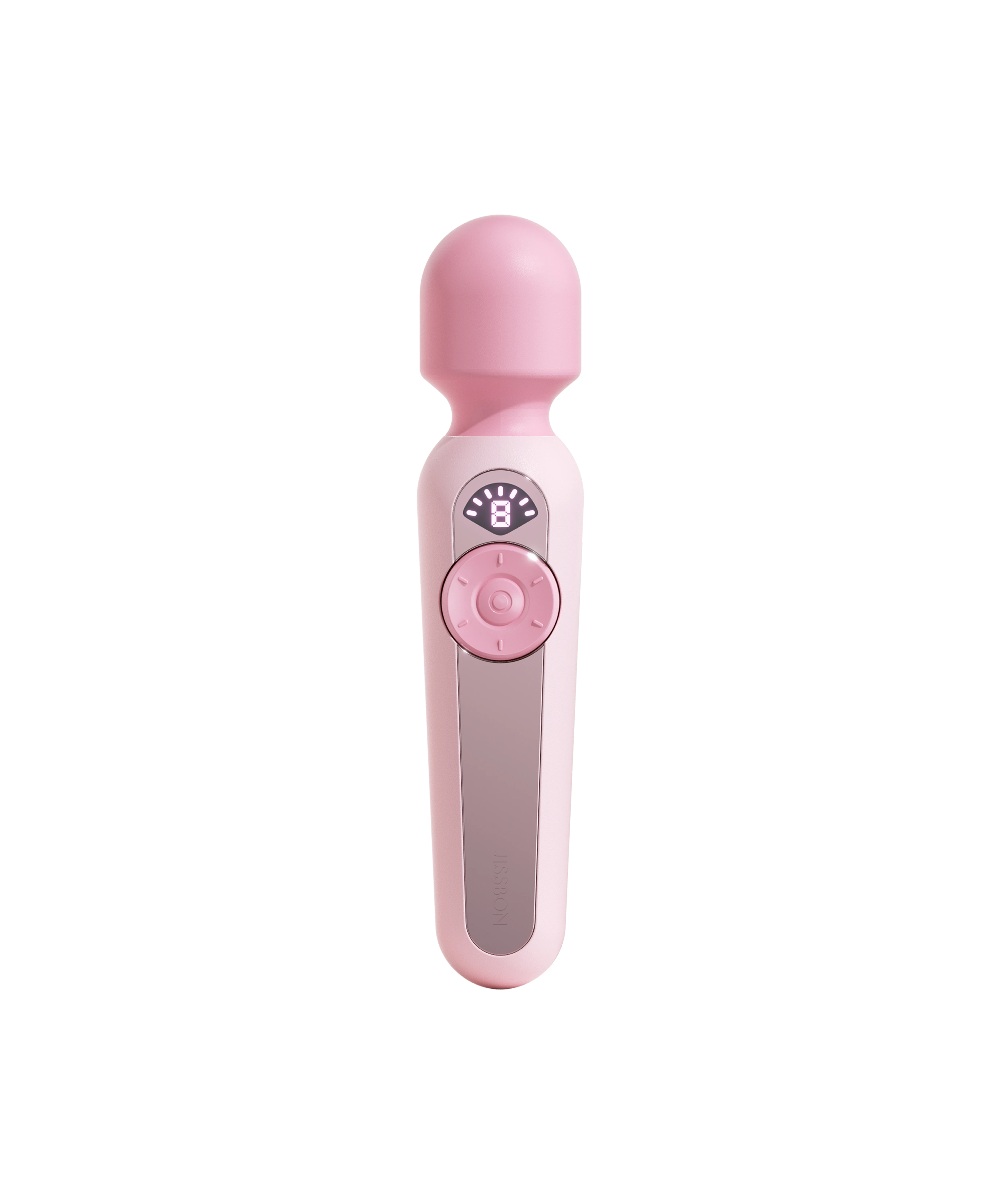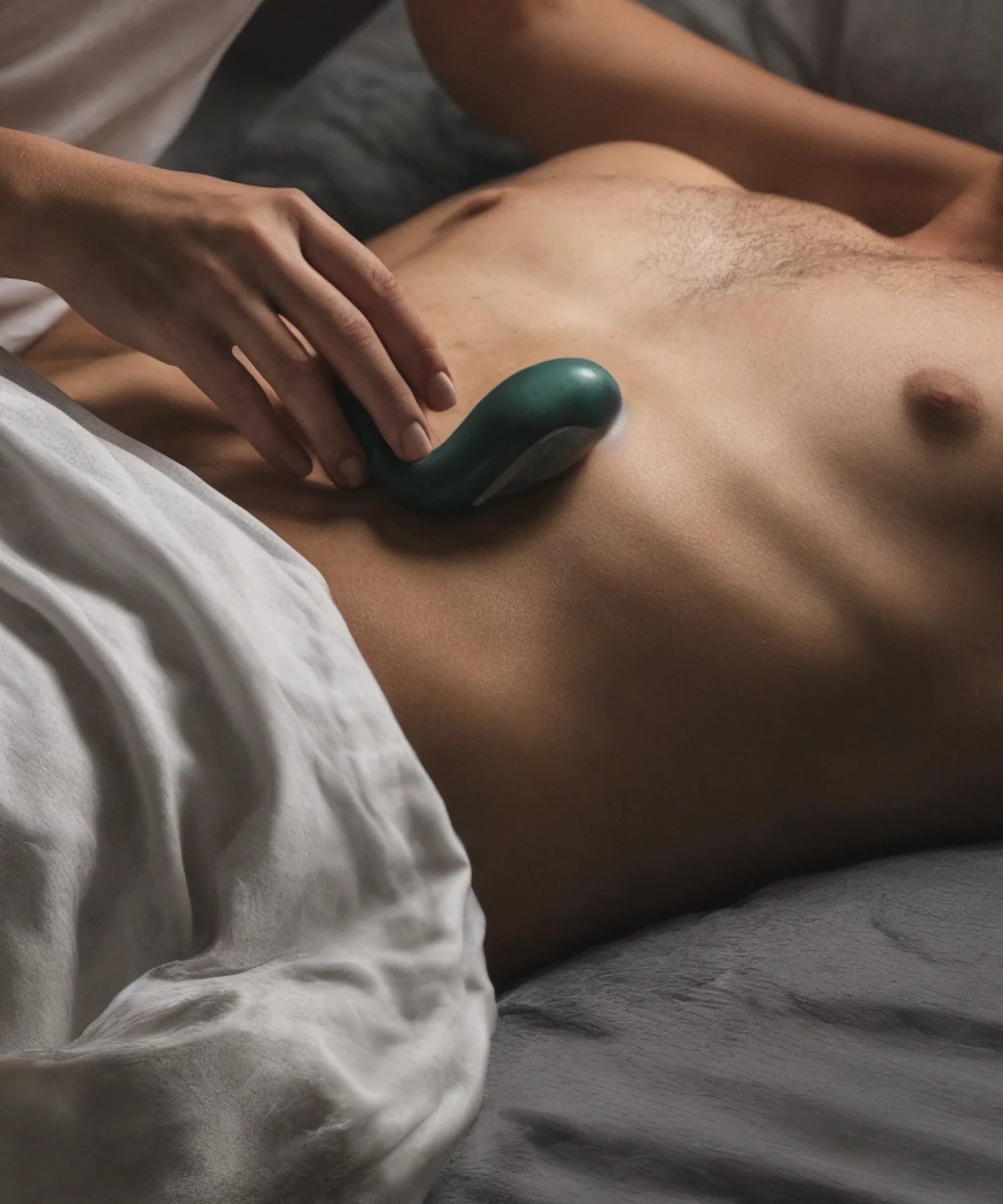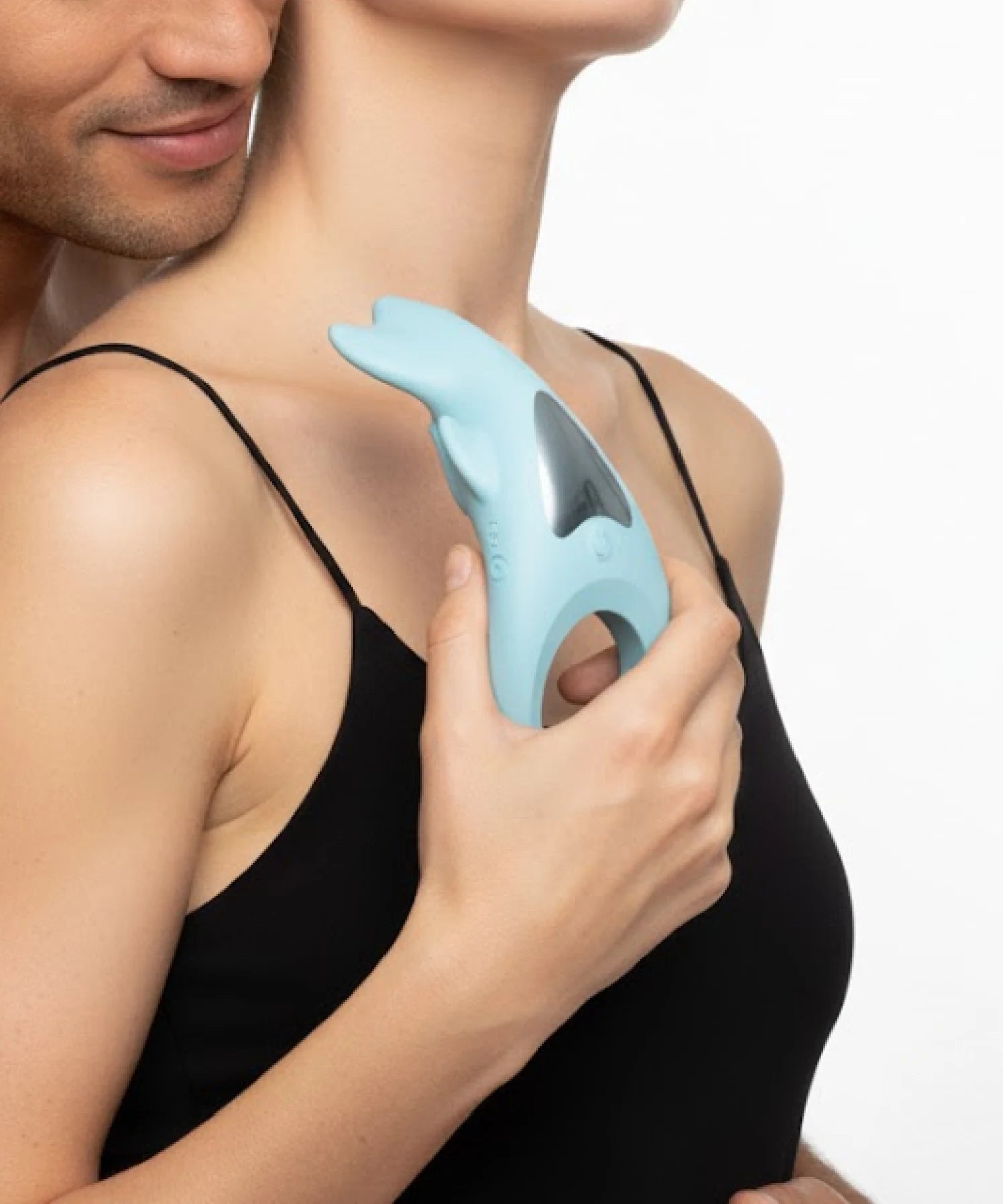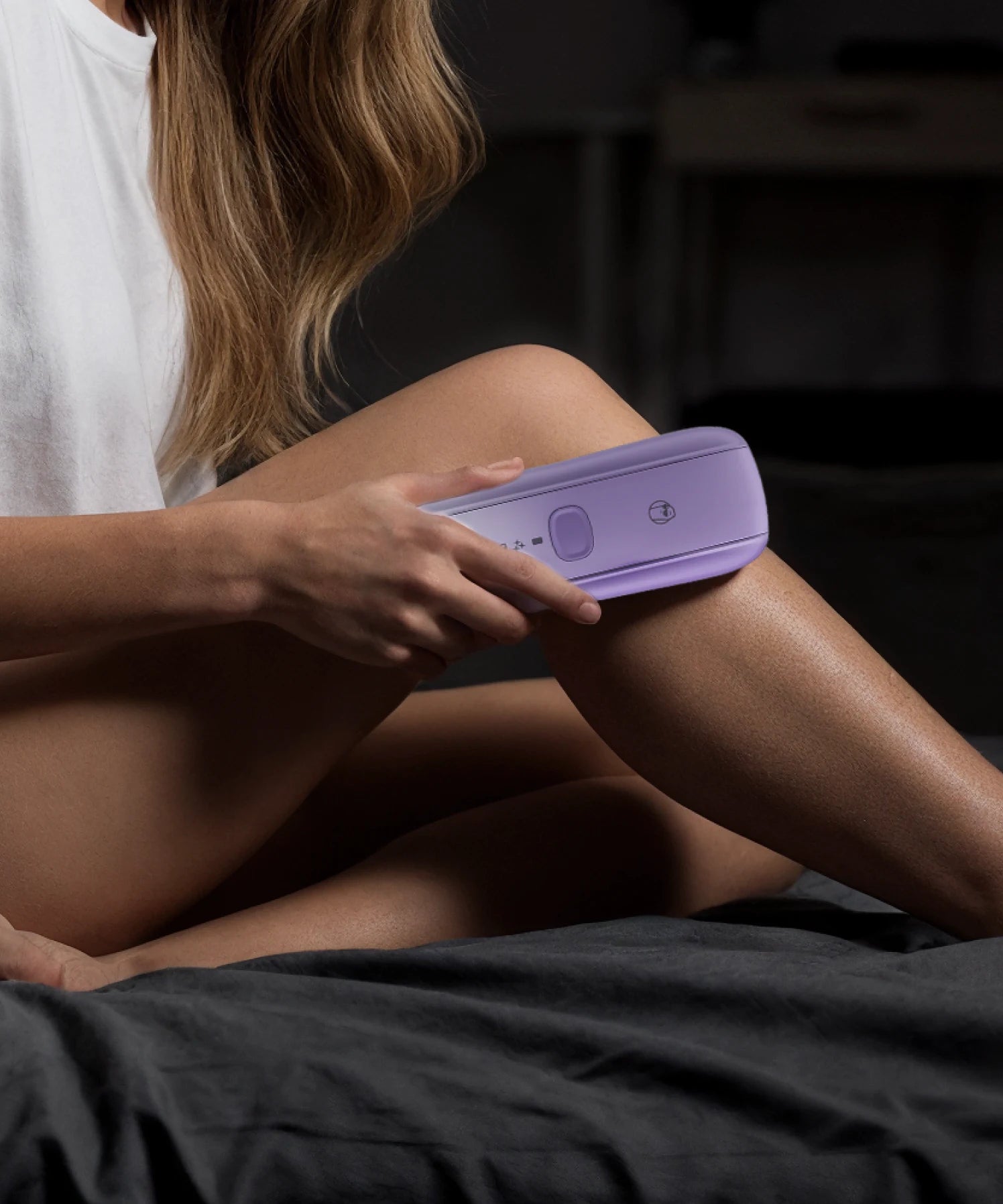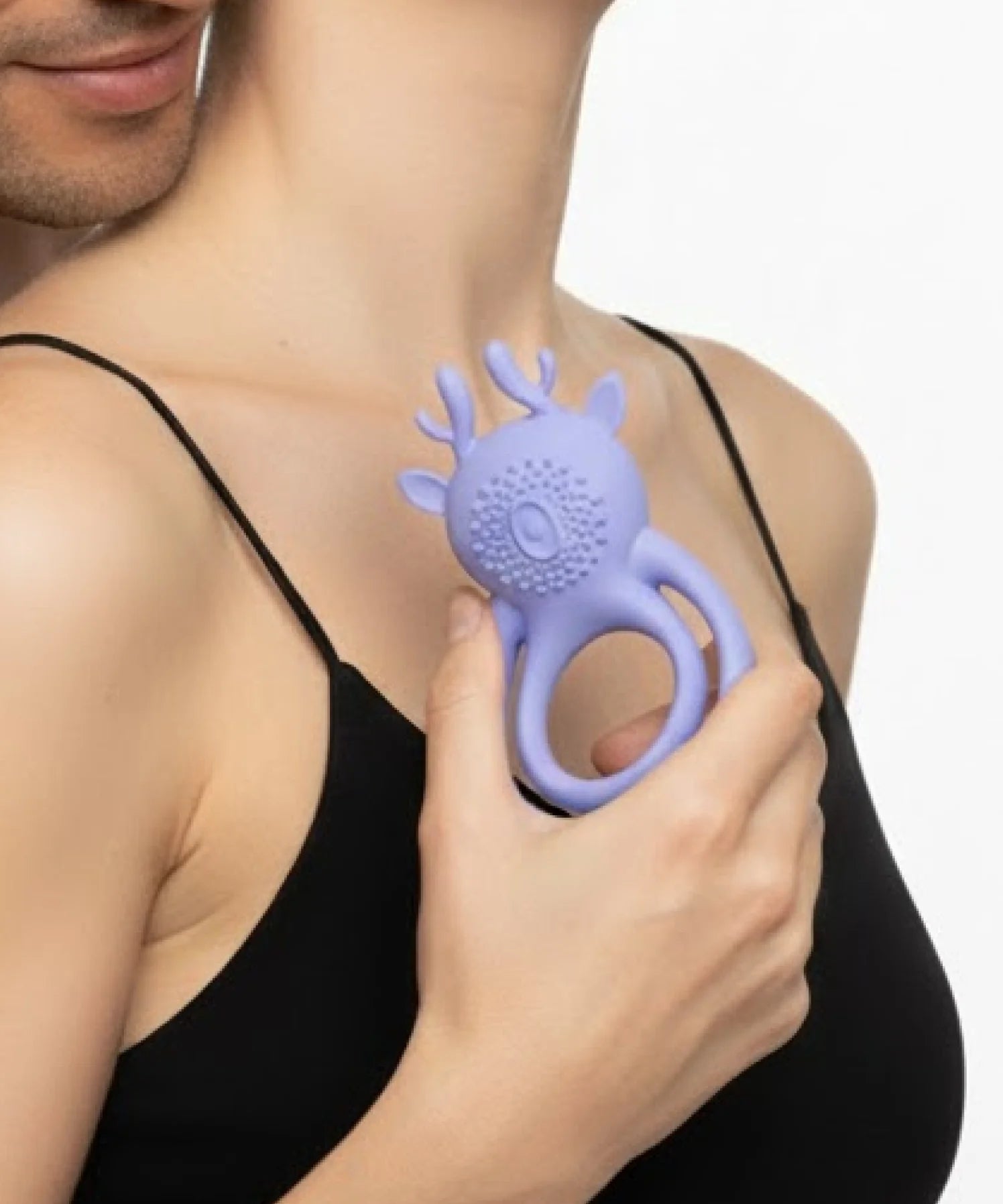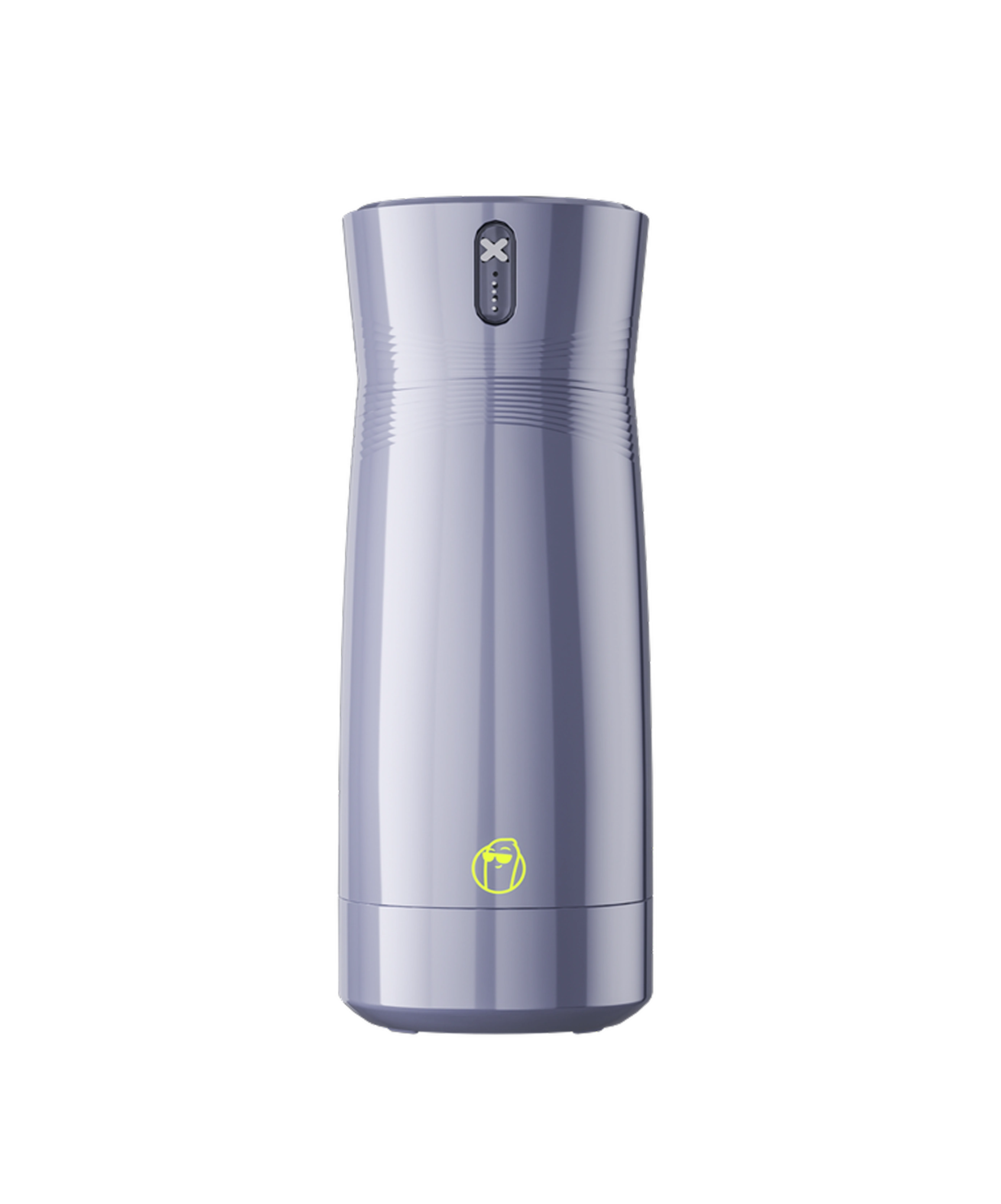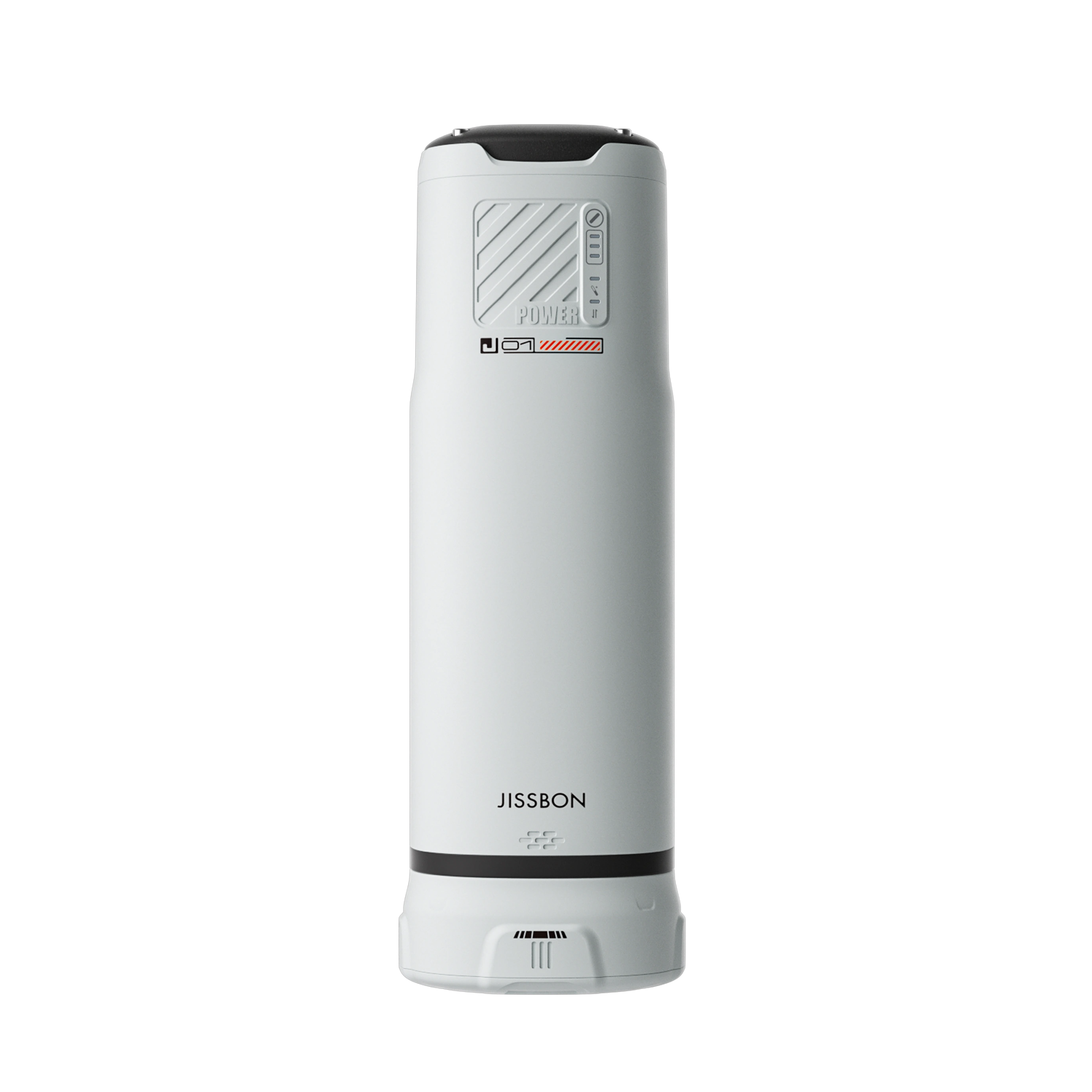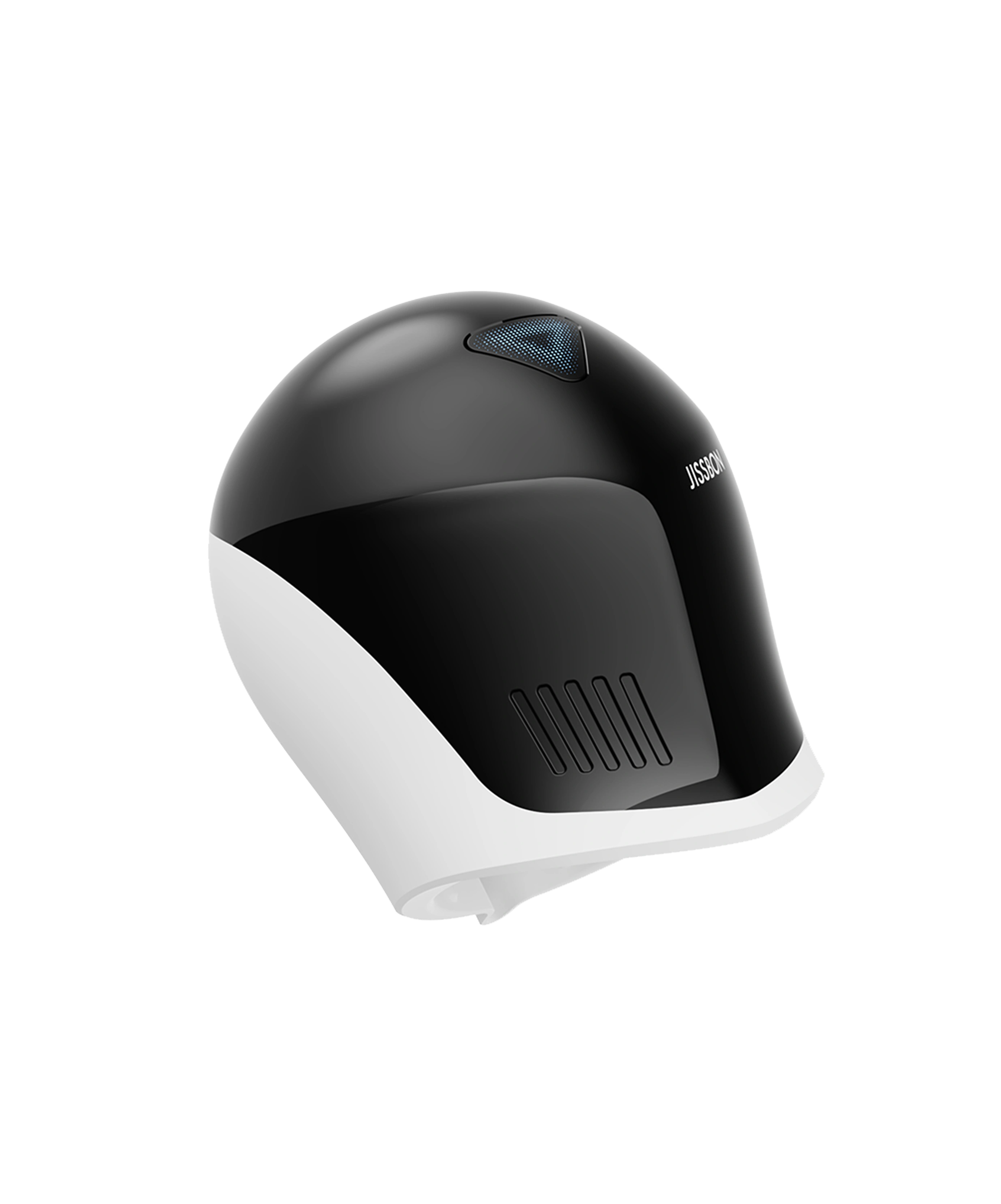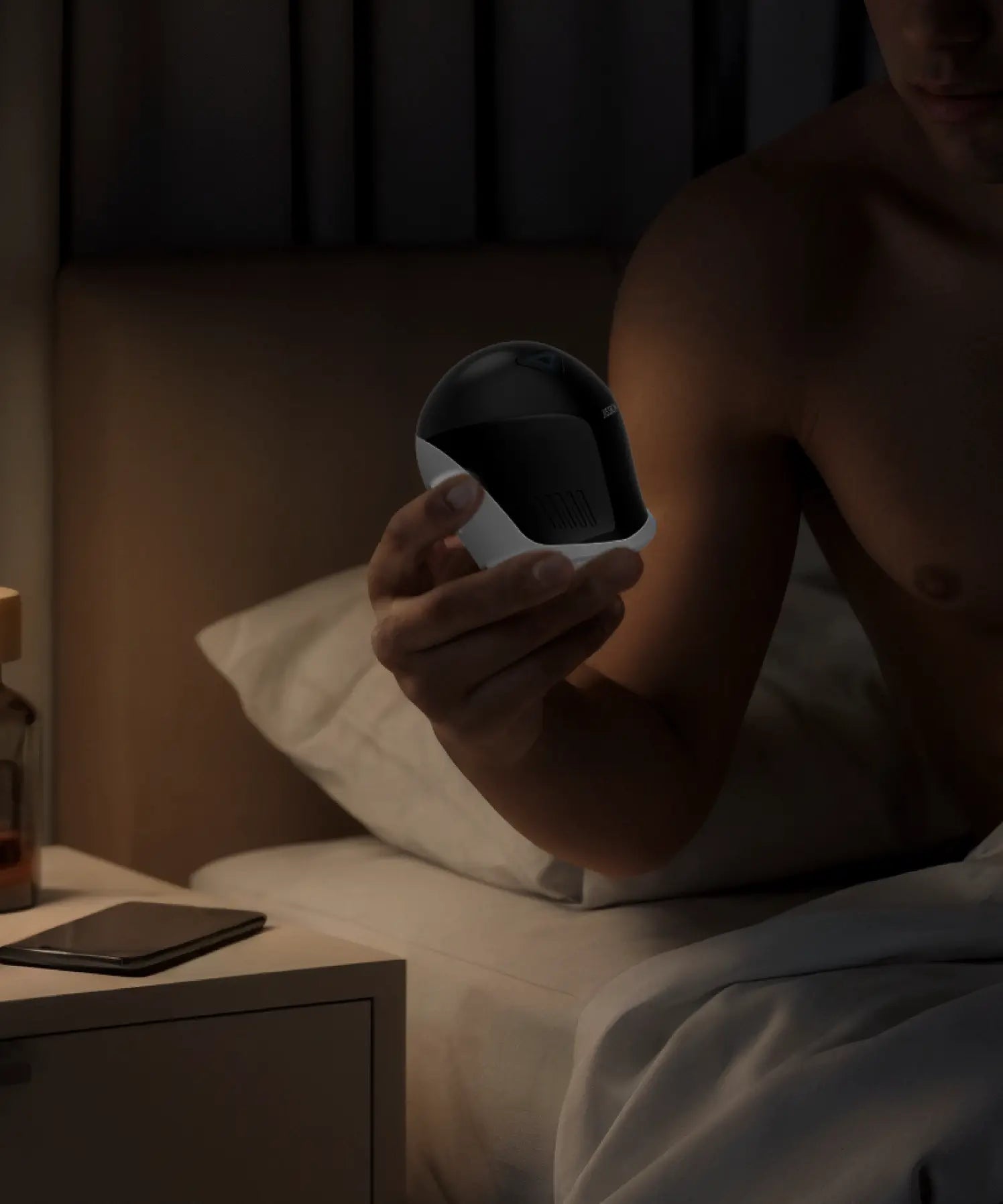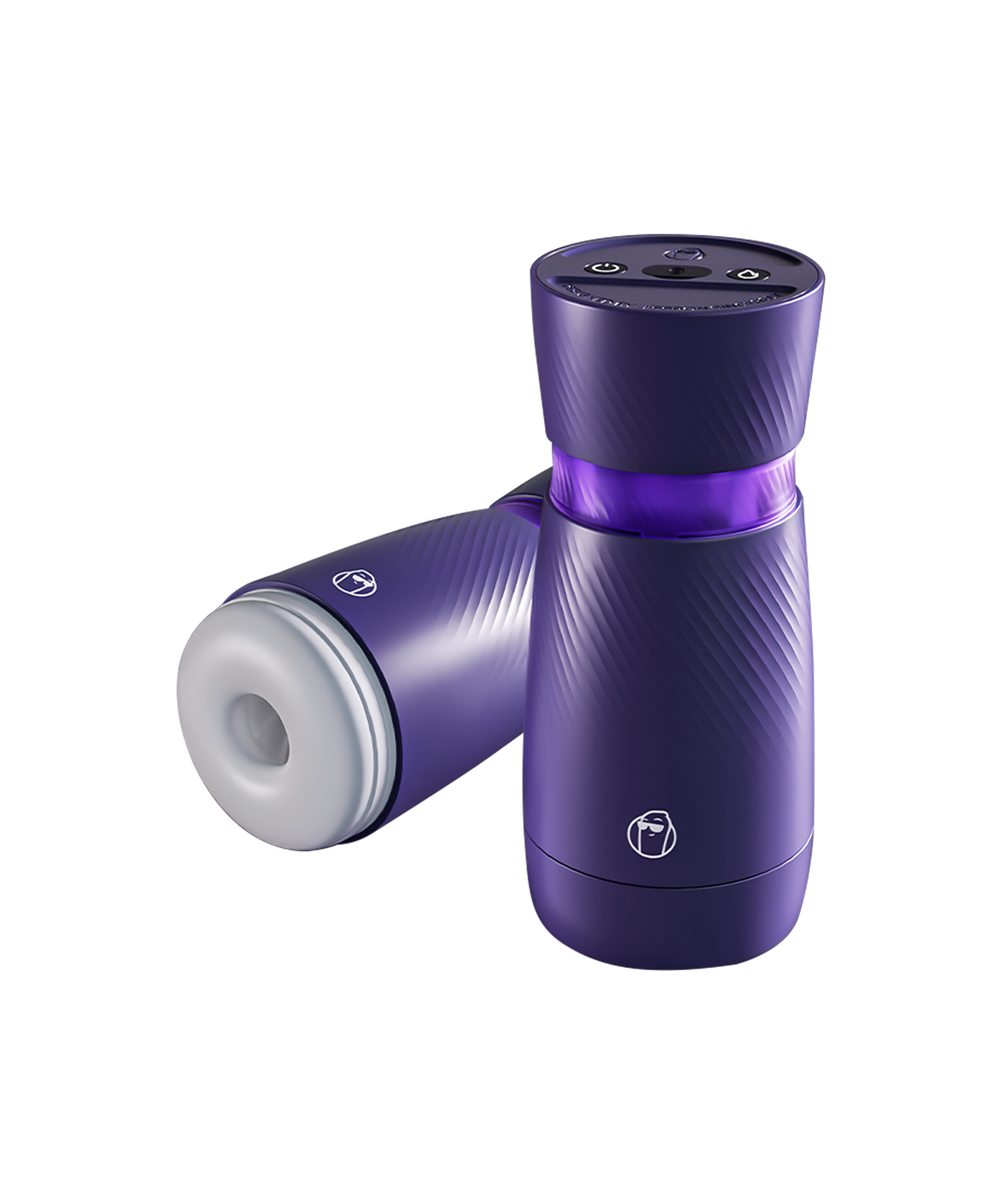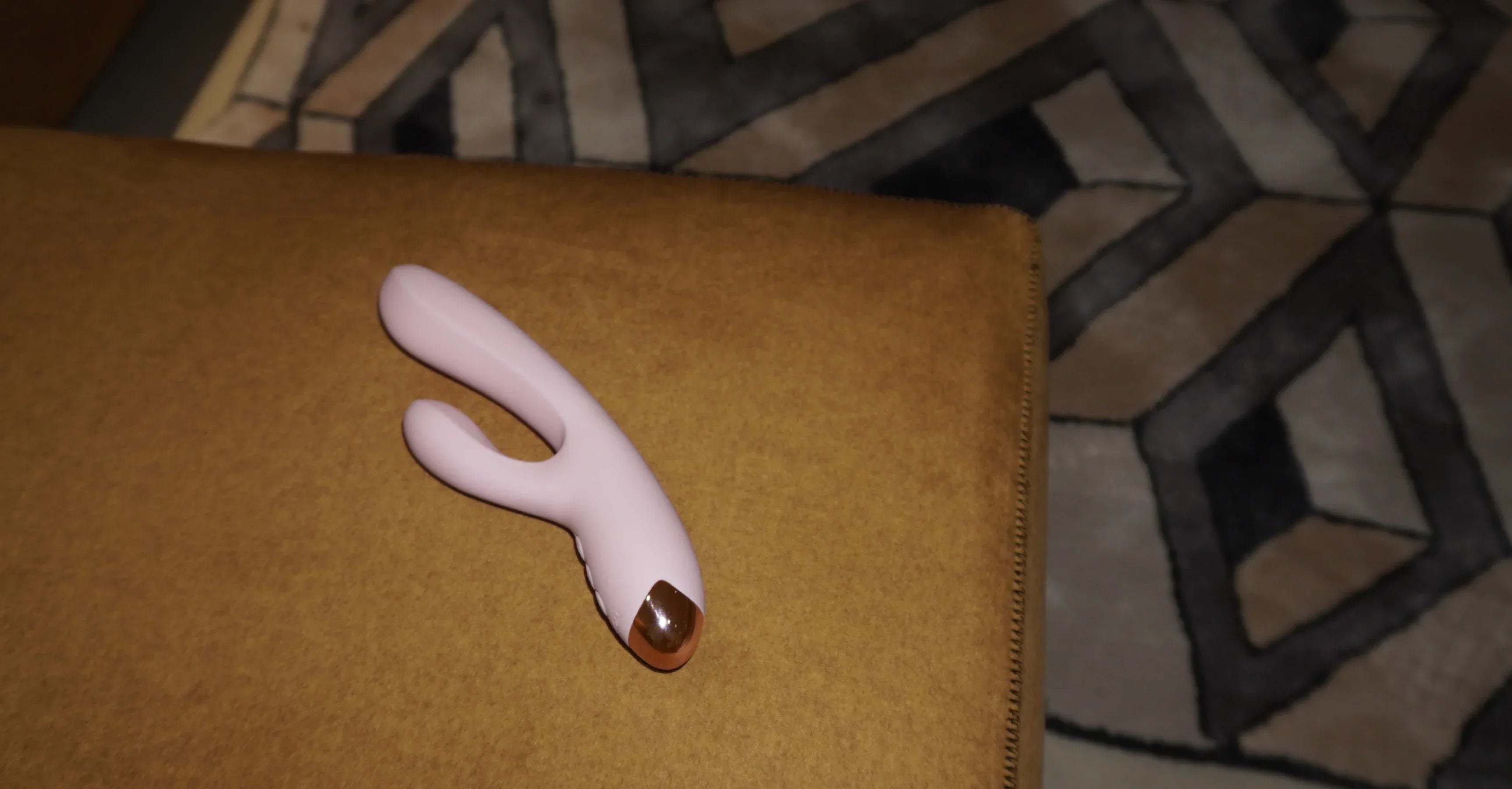Could the world’s most iconic queen have invented the first vibrator with bees? It sounds wild, but this ancient tale has captured the imagination of history lovers, sex educators, and curious readers alike. According to a persistent legend,
Cleopatra once sealed buzzing bees inside a hollow gourd to create a vibrating sensation for intimate stimulation what some now call the world’s
first vibrator.
But how much of this story is truth, and how much is myth? What do historical records actually tell us about sexuality, tools for pleasure, and ancient innovations? And why has this bee-powered tale persisted in modern conversations about female pleasure and empowerment?
In this article, we explore the fascinating blend of myth, anatomy, and innovation and how today’s clitoral stimulators offer the precision Cleopatra could only dream of.
The Myth of Cleopatra’s Bee-Powered Vibrator
As the story goes, Cleopatra—Egypt’s legendary queen of beauty, intellect, and seduction—found a remarkably inventive way to explore pleasure. According to the myth, she placed live buzzing bees inside a hollowed-out gourd, sealed it, and used the natural vibrations as a self-pleasuring device—essentially inventing a vibrator centuries before electricity.
It sounds wild, but this tale has been retold across blogs, books, and even whispered through museum halls as both a historical curiosity and a bold example of ancient female ingenuity. The idea that bees could mimic the sensation of modern vibrating toys is certainly clever—but is there any truth behind it?
In truth, this tale may be more fantasy than fact. While it’s a captivating narrative, no verified Egyptian texts or artifacts directly reference such a device. The story likely evolved from a mix of speculation and Orientalist romanticism. Still, it continues to inspire modern interpretations of pleasure and power. For a deep historical dive, check out
BBC Three’s take on the myth.
What Ancient Sources Actually Say
So did Cleopatra really invent the first vibrator? According to actual historical records, the answer is no. There is no direct mention in ancient Egyptian texts, Greek histories, or Roman commentaries that supports the existence of a bee-powered vibrator or any vibration-based pleasure device in that era.
The myth of the
“bee vibrator” appears to stem not from antiquity, but from modern retellings laced with Orientalism and sexual fantasy. Scholars at
Mistaking Histories argue that this story likely
originated in 19th or early 20th century speculation, when erotic reinterpretations of ancient cultures were fashionable especially through a colonial lens.
While the image of Cleopatra using nature-powered intimacy tools is certainly compelling, it says more about modern society’s projection of sexual agency onto historical figures than it does about actual Egyptian practices. What we do know is that ancient civilizations had a surprisingly open attitude toward sexuality but that’s another story.
For a medically accurate look at female anatomy and pleasure (instead of ancient fiction), visit the Planned Parenthood Clitoral Anatomy Guide.
Did the Ancient World Use Vibrating Devices?
While Cleopatra likely didn’t invent the first vibrator, ancient civilizations were far from clueless about sexual pleasure and they did have tools for it. What they lacked in motors or bee-powered buzzing, they often made up for in creativity, symbolism, and openness to erotic exploration.
But when it comes to vibration, the evidence is thin. No known records or preserved objects suggest that true vibration-based devices existed in the ancient world. The idea of a mechanical sex toy especially one as advanced as today's clitoral suction vibrators only emerged in the late 19th century, often for “medical treatment” of hysteria.
Still, the myth of the bee vibrator continues to blur these historical lines probably because it speaks to something deeply human: the desire to innovate around pleasure.
As
The Maudern’s article on vibrator history notes, it wasn’t until the Victorian era that devices powered by hand-crank, steam, or electricity were invented to stimulate the genitals marking the birth of the modern vibrator.
Why the Myth Persists (And What It Says About Us)
If there’s no historical proof, why does the myth of Cleopatra’s bee vibrator still captivate us? The answer has less to do with facts and more to do with what we want the story to mean.
In a world where female pleasure has too often been overlooked or shamed, the image of an ancient queen crafting her own vibrator feels revolutionary. It’s not just a story about Cleopatra—it’s a story about reclaiming agency. She becomes more than a ruler; she transforms into a timeless symbol of sexual autonomy, bold curiosity, and unapologetic self-expression.
At its heart, this myth speaks to a deeper cultural desire: to weave women’s pleasure back into the fabric of history—not as an afterthought, but as an intrinsic part of human experience. It flips long-standing narratives by suggesting that women have always been inventive, in control of their desires, and unafraid to explore them.
As BBC Three notes, myths like this persist not because they’re provable, but because they challenge taboos and validate pleasure as something deeply human and historic.
Ultimately, the tale says more about us—our fantasies, progress, and longing to see powerful women fully embracing joy—than it does about Cleopatra herself.
From Ancient Myth to Modern Clitoral Suction
So, did Cleopatra really invent a bee-powered vibrator? Probably not. But the desire it represents—pleasure, freedom, and innovation—is absolutely real. And thousands of years later, we’ve swapped buzzing bees for precision-engineered devices that offer comfort, safety, and control.
Today’s clitoral vibrators rely on suction and air-pulse technology, delivering stimulation without direct contact. They’re discreet, medically safe, and ergonomically designed—a far cry from ancient guesswork.
Take the
Clitoral Suction Vibrator: with its soft silicone seal, adjustable intensities, and whisper-quiet motor, it’s everything Cleopatra’s mythical device wasn’t—but definitely would’ve been if she had access to 21st-century tech.
What was once legend is now at your fingertips. From bees in gourds to suction in silicone, we’ve come a long way in treating female pleasure not as taboo—but as essential.
Expert Insight: What Cleopatra Teaches Us About Pleasure

While Cleopatra may never have used a buzzing gourd, her myth continues to stir meaningful conversations about sexual freedom, history, and empowerment. So what can we take away from this curious tale?
First, it reminds us that pleasure isn’t modern—it’s timeless. Across cultures and eras, people have sought to understand and enhance intimacy, not just for reproduction, but for joy.
As sexologist Dr. Carol Queen of the Center for Sex & Culture puts it:
“When we mythologize figures like Cleopatra, we’re really expressing modern truths: that women deserve agency over their bodies and that pleasure is worth pursuing.”
Second, the myth reframes how we view historical women. Rather than reducing Cleopatra to seduction or scandal, the narrative positions her as a pioneer of self-awareness and sexual confidence—even if only symbolically.
And finally, it underscores how much we still need accurate, stigma-free sexual education. Today, thanks to organizations like Planned Parenthood, we have access to factual, body-positive resources on anatomy, consent, and safe tools that support pleasure—not suppress it.
Myth, Magic, and Modern Wellness
From the whispered tales of a queen’s buzzing gourd to today’s sleek clitoral suction vibrators, the evolution of pleasure tools is as much about liberation as innovation.
Whether the story of Cleopatra’s bee-powered vibrator is fact or fantasy, it taps into a timeless truth: pleasure matters.
This myth has survived not because it’s proven, but because it’s powerful offering a vision of feminine agency long before such ideas were acceptable.
Today, that spirit lives on in modern devices like the
Clitoral Suction Vibrator, which transforms curiosity into confidence and ancient inspiration into modern joy.
Pleasure has always been part of the human experience. Cleopatra may not have invented the vibrator but her legend continues to inspire a more empowered, sex-positive future.
Frequently Asked Questions
Did Cleopatra really invent a vibrator using bees?
There’s no historical proof, but the myth claims she filled a gourd with bees to create vibration. It’s likely a modern reinterpretation not an ancient fact.
Where did this myth come from?
Most scholars believe it originated in 19th-century erotic fiction or Orientalist fantasy, not from Egyptian sources. It reflects more about our modern ideas than Cleopatra’s actual life.
Did ancient Egyptians use sex toys?
Not vibrators, but yes phallic objects were common in art and ritual. Ancient Greeks even used olisbos (dildos) made from leather or stone.
Are there real bee-powered vibrators today?
No. While creative, bee-powered devices would be unsafe and impractical. Today’s vibrators use quiet motors, suction, and pulse tech far more hygienic and effective.
What’s the modern equivalent of Cleopatra’s mythic toy?
The Clitoral Suction Vibrator offers focused, contactless stimulation turning fantasy into real, body-safe pleasure.
Myth, Magic, and Modern Wellness
From the whispered tales of a queen’s buzzing gourd to today’s sleek clitoral suction vibrators, the evolution of pleasure tools is as much about liberation as innovation. Whether the story of Cleopatra’s bee-powered vibrator is fact or fantasy, it taps into a timeless truth: pleasure matters.
This myth has survived not because it’s proven, but because it’s
powerful offering a vision of feminine agency long before such ideas were acceptable. Today, that spirit lives on in modern devices like the
Clitoral Suction Vibrator, which transforms curiosity into confidence and ancient inspiration into modern joy.
Pleasure has always been part of the human experience. Cleopatra may not have invented the vibrator but her legend continues to inspire a more empowered, sex-positive future.





